Telescope maintenance is an important aspect of ensuring that you can enjoy the best possible viewing experience. From the mirrors and lenses to the body and mount, there are many parts of a telescope that require attention and care.
In this article, we will provide an overview of the different steps involved in maintaining and cleaning your telescope, from regular inspections to more in-depth cleaning and upkeep.
Preparation for Cleaning
Gather Necessary Telescope Maintenance Materials
Before starting the telescope maintenance and cleaning process, it is important to gather all the necessary materials that you will need. This includes:
- A soft cloth
- Lens cleaning solution
- Clean cotton swabs
- Compressed air
Having all of these materials on hand will ensure that you can properly clean your telescope without having to stop in the middle of the process to find what you need.
Turn Off and Unplug the Telescope
Before starting any maintenance or cleaning procedures, it is important to ensure that the telescope is turned off and unplugged. This will ensure that there is no electrical shock or damage to the telescope.
Additionally, turning off the telescope will help to prevent any accidental movement of the telescope during cleaning. Once the telescope is turned off and unplugged, you can safely proceed with the telescope maintenance and cleaning process.
Remove any Attachments and Lenses
Removing any attachments and lenses from your telescope before cleaning it is an important step in ensuring proper telescope maintenance.
By taking these items off, you will be able to access the various parts of the telescope that need to be cleaned, such as the primary and secondary mirrors, eyepieces, and focusers.
It’s important to handle these components with care and to avoid touching the surfaces with your bare hands. Dirt, grease, and oils from your skin can leave marks that are difficult to remove and can affect the performance of the telescope.
Instead, use a soft cloth or lens tissue to gently clean each component.
It’s also recommended to keep a clean and safe workspace while removing attachments and lenses. Make sure to lay them out in a logical and organized manner, so you don’t mix them up or misplace any pieces. This will make reassembling the telescope easier and quicker.
Cleaning the Telescope Body
Dust and debris can accumulate over time and interfere with the optics of the telescope. To dust the body, you will need a clean, dry cloth or microfiber lens cloth.
Begin by wiping down the exterior of the telescope, paying close attention to any crevices or seams where dust can accumulate.
Be gentle and avoid applying too much pressure, as this can scratch the surface of the telescope.
If necessary, use an air blower to dislodge any stubborn debris.
Cleaning the Body with a Microfiber Cloth
One of the best ways to clean the body of your telescope is with a microfiber cloth. This type of cloth is gentle on the surface of the telescope, and it is also highly absorbent, making it effective at removing dust and fingerprints.
When cleaning the body of your telescope, make sure to wipe down all surfaces, including the main tube, the focuser, and any knobs or handles.
To clean the body of your telescope with a microfiber cloth, you will need to dampen the cloth slightly. A good way to do this is to mist the cloth with a mixture of water and a gentle cleaning solution. You can also use a specialized lens cleaning solution designed specifically for telescopes.
Once the cloth is slightly damp, gently wipe down all surfaces of the telescope. Make sure to clean the surface in a circular motion, rather than wiping back and forth, as this can cause scratching. Be careful not to apply too much pressure when cleaning, as this could also cause damage.
After cleaning the body of your telescope, it is important to let it air dry completely before reassembling the lenses and attachments. This will ensure that the body is completely clean and free of any moisture that could cause damage over time.
Remove Any Fingerprints or Smudges
To remove any fingerprints or smudges on the telescope body, use a clean, soft microfiber cloth dampened with a solution of water and mild soap. Gently rub the affected area, taking care not to leave any water spots.
For stubborn fingerprints or smudges, you can use a product specifically designed for cleaning optical surfaces, such as a lens cleaning solution.
Just be sure to follow the manufacturer’s instructions, as some solutions can be harmful to the coatings on the telescope’s lens or body.
Using a microfiber cloth is important because it's gentle, effective, and eco-friendly. It's gentle on delicate surfaces, removes debris without leaving residue, and can be washed and reused. Using a rough or abrasive cloth could scratch or damage the delicate coatings on the lenses or mirrors, which would negatively impact their performance and reduce the telescope's image quality.
Importance of Cleaning Lenses and Mirrors in Telescope Maintenance
The performance of a telescope heavily relies on the clarity and cleanliness of its lenses and mirrors. Dust, fingerprints, and other particles can significantly reduce the clarity of the image and cause flares or halos around bright objects.
To ensure optimal performance, it is essential to keep the lenses and mirrors clean. In this section, we will look at the methods for cleaning lenses and mirrors in a telescope.
The importance of cleaning lenses and mirrors in a telescope cannot be overstated.
Cleaning Lenses with Lens Cleaning Solution
Cleaning lenses with a lens cleaning solution is an important step in maintaining the quality of your telescope.
Over time, dirt and debris can accumulate on the lenses, which can negatively impact the clarity and brightness of your images.
To clean the lenses, you will need to gather a lens cleaning solution, lens cleaning tissues, and a microfiber cloth.
Begin by applying a small amount of lens cleaning solution to a lens cleaning tissue, and gently wipe the surface of the lens in a circular motion, being careful not to apply too much pressure.
Repeat this process until the lens is free of any dirt or debris.
Next, use a clean microfiber cloth to gently buff the lens and remove any residue from the cleaning solution.
Cleaning Mirrors with a Microfiber Cloth
The mirrors are a crucial part of the optical system and it is important to keep them clean to ensure a clear and sharp image.
To clean mirrors with a microfiber cloth, you will need to gently wipe down the surface of the mirror. Start from the center of the mirror and move outwards in a circular motion, making sure to remove any dirt, debris or smudges.
Use gentle pressure and be careful not to scratch the surface of the mirror.
Remember to never touch the surface of the mirror with your fingers, as the oils from your skin can leave marks and affect the clarity of the image.
If you notice any streaks or smudges after cleaning, use a clean section of the microfiber cloth and repeat the process until the mirror is completely clean.
Telescope Maintenance of Mechanical Parts
Lubricate Moving Parts
The moving parts of a telescope, such as the focuser, are prone to wear and tear, so it’s important to lubricate them regularly to keep them in good working condition.
To do this, you’ll need to find the appropriate lubricant for your specific telescope, which is often listed in the manual.
To lubricate the moving parts, simply apply a small amount of lubricant to the surface and move the focuser back and forth a few times. Avoid getting the lubricant on any optics, as this can cause damage.
Additionally, make sure to keep the lubricant away from any electrical components to prevent damage.
After lubricating the moving parts, be sure to clean up any excess lubricant and wipe the surface clean with a microfiber cloth.
Check for Loose Bolts or Screws
Over time, vibration and regular use can cause bolts and screws to come loose, affecting the accuracy and stability of the telescope.
To ensure that your telescope is functioning properly, it is important to regularly check for loose bolts or screws and tighten them if necessary.
To check for loose bolts or screws, examine the entire telescope, paying special attention to any joints, connections, or areas that move or rotate. If you find any loose bolts or screws, use a screwdriver or wrench to tighten them. Be careful not to over-tighten them, as this can cause damage to the telescope.
It’s also a good idea to keep a checklist or log of the maintenance performed on your telescope, so you can keep track of which parts have been checked and tightened, and when.
Proper Storage
Keep the Telescope Covered
In order to keep your telescope in good condition, it’s important to keep it covered when not in use. This will protect it from dust, moisture, and other environmental elements that can damage the telescope over time.
Consider investing in a high-quality cover specifically designed for your telescope model. Make sure the cover fits snugly and has no holes or tears, so that your telescope stays clean and dry.
Additionally, be mindful of the location where you store your telescope, as some areas may have more moisture or dust than others.
Store the Telescope in a Cool, Dry Place
After completing the maintenance and cleaning of your telescope, it’s essential to store it in a cool, dry place to avoid any further damage.
Exposure to damp or humid conditions can cause mold or fungus growth on the lens, which can seriously impact the quality of your images.
Keeping the telescope covered and storing it in a temperature-controlled room will help protect it from these types of environmental conditions.
It’s recommended to store the telescope in its original case or in a hard plastic container to provide extra protection from scratches, dust, and other forms of damage.
If possible, place the telescope in a location that is free from vibration and where it won’t be bumped or knocked around. This will help keep the alignment and balance of the telescope intact.
In conclusion, proper telescope maintenance and cleaning is essential in ensuring optimal performance and longevity. By taking the time to dust, clean, lubricate and check for any loose parts, you can keep your telescope in good condition for years to come. Keeping your telescope covered and stored in a cool, dry place can also help to prevent any damage or wear and tear.
By following these steps, you can ensure that your telescope will provide you with countless hours of enjoyment and clear views of the night sky.

Andrew
Welcome to TelescopeTherapy.com, your trusted source for expert insights on astronomy, telescopes, and the transformative power of stargazing for mental well-being. With years of experience and a passion for exploring the cosmos, we are your go-to destination for all things celestial. Our mission is to bring the wonders of the universe to your fingertips and demonstrate how the art of stargazing and telescope therapy can nurture not only your astronomical curiosity but also your mental health. Explore the cosmos with us and discover the profound connection between the night sky and your inner peace. Join us on this celestial journey and unlock the therapeutic potential of the stars.

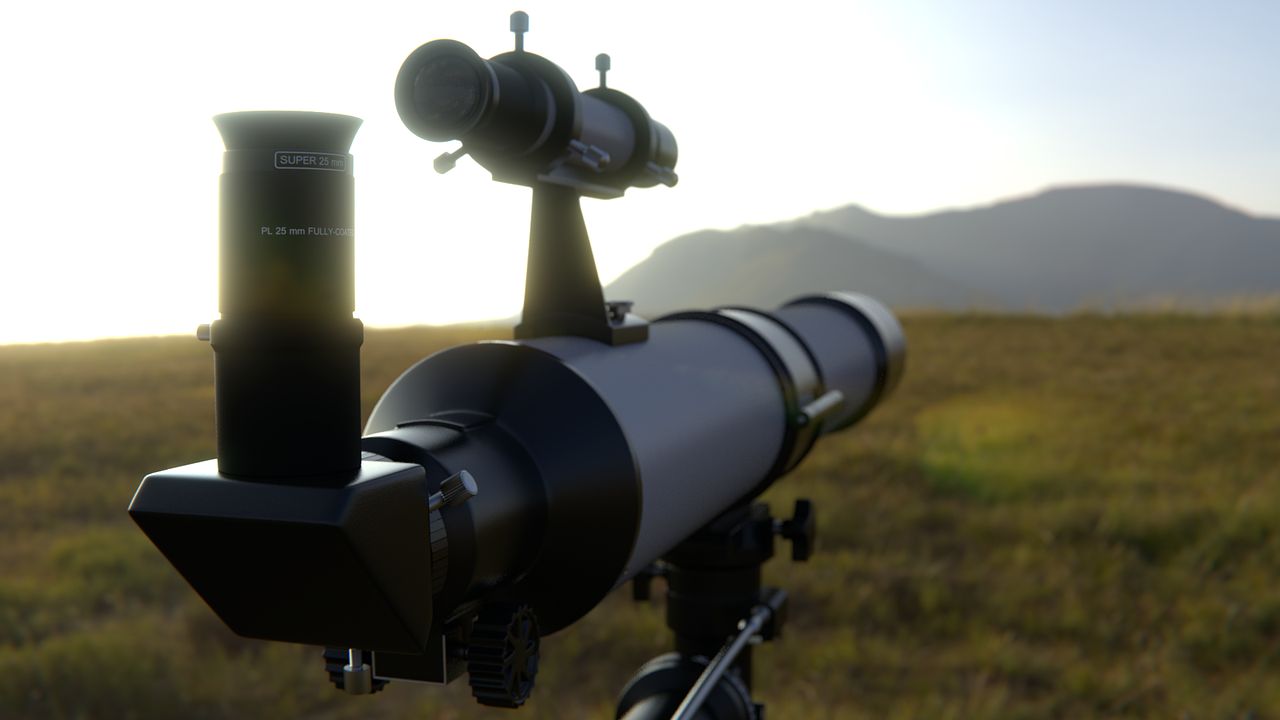
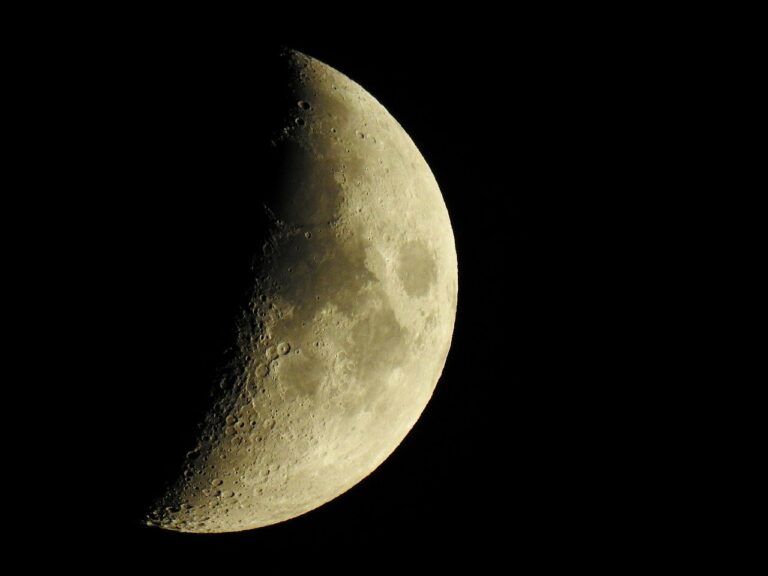
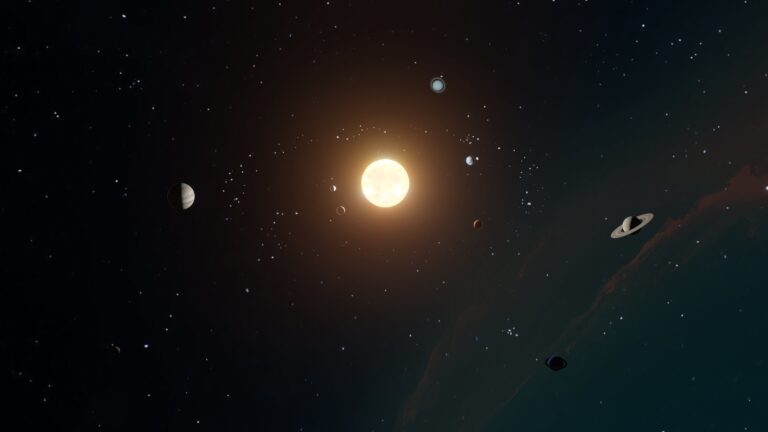

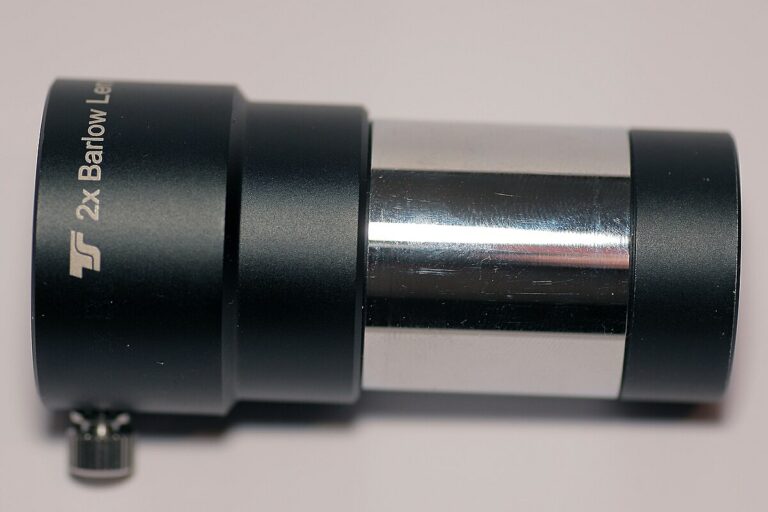
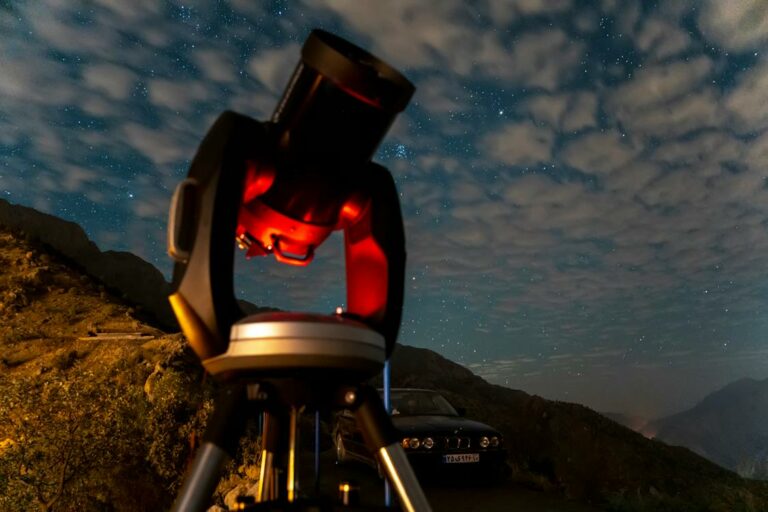

+ There are no comments
Add yours